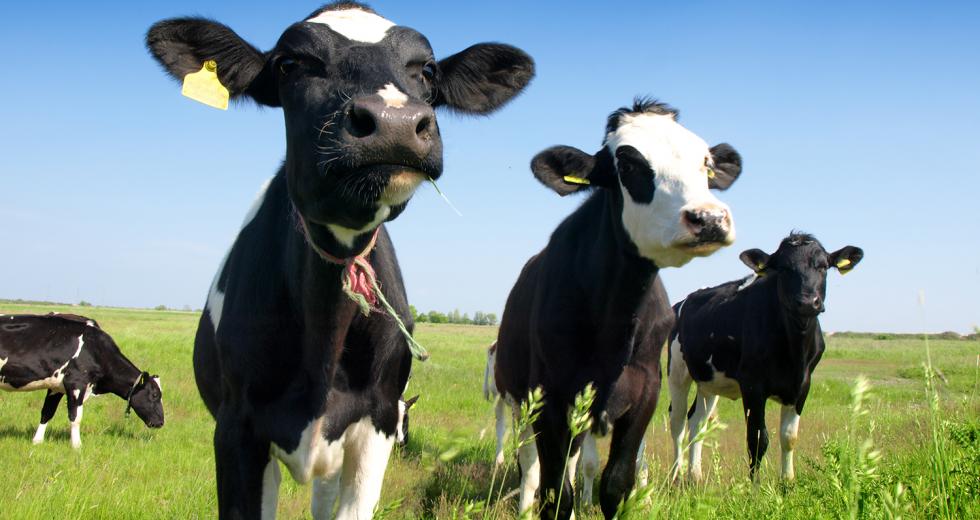If you’re one of those motorists who describe the whole DMV experience as slow, torturous and/or dystopian, consider the cow.
For the longest time, California’s cattle inspectors tracked cows the old-fashioned way: with a handy pen and a lot of paper. With over five million cows in the state, this was not a day-in, day-out kind of job. But those ink-filled years might very soon be history.
With a green light from the state’s Department of Food and Agriculture, California would be one of the nation’s first states to implement a computerized system for processing cows. Inspectors would swap out notepads for iPads to file and track cow data, from registrations and outstanding violations to quarantine zones. With the cow’s brand akin to a car’s license plate, inspectors can upload and download data by connecting wirelessly to the servers at the CDFA headquarters in downtown Sacramento. It’s a faster, more efficient system, a genuine link between new tech and the Old West.
“Picture a cowboy on a horse with an iPad. That tells the whole story,” says Chris Jackson, founder of Sacramento-based IT firm Rowy Networks, which developed the solution. “The system is just as complex as the DMV but for cattle.”
By law, the cattle industry must go through the same types of regulatory checks that your cars do. That means cows are registered, bought and sold, ticketed, sometimes stolen, and checked for health problems. Every birth and death, every sale and slaughter gets reported and filed in a statewide cattle tracking database.
Of course, none of this happens automatically. The state employs inspectors to file the reports. But doing the job longhand led to long hours. Not to mention the potential for problems: lost paperwork, clerical errors, out-of-date records. (Like if you bought a used car online and later found out the seller hadn’t registered the vehicle.)
This approach is different from programs like the one in Michigan, where cows get tracked by radio-frequency ID (RFID) tags in their ears. Beyond California–the fourth largest cattle-producing state–Jackson says he’s shown prototypes of his system to Texas (#1) and Washington (#29), a few Midwestern states and other countries.
“When we go to cattle conventions, other states see the system and they say ‘Holy cow, that’s great! Where do I get that?’” he says.
Grazing the Surface
Jackson, 43, founded Rowy in 2007 with his own money. The company operates out of a corporate headquarters downtown, but also has a data center in McClellan Business Park. Despite his high-tech profession and background in physics, he has roots in agriculture. His grandparents immigrated to the region from Mexico. His grandfather worked in the rice industry in Yolo County while his grandmother put in hours at the Blue Diamond almond factory.
“Now, here we are digitizing agriculture,” Jackson says.
Looking ahead, Jackson aims to shift his company into broader applications for agricultural inspections. Overall, he believes the field is wide open and the Sacramento Region is in a prime position to lead the movement.
“California is a leader in technology and agriculture, and the two fields rarely talk,” he says. “I think this region has an opportunity to generate an industry and do what Silicon Valley won’t do.”
Sick of missing out? Sign up for our weekly newsletter highlighting our most popular content!
Recommended For You
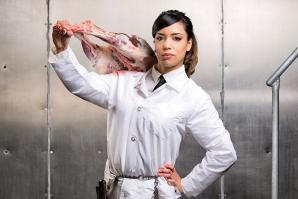
Killer Instincts
Butchery is finding a passionate female following
On a warm afternoon, soft spring winds are blowing across the campus at UC Davis. In a building on the university’s west corner, Cindy Garcia is hosing pools of blood down a drain. She places a pig skull on an inspection table, washes her hands and steps into the sunlight just as the parking lot is beginning to fill with shoppers toting grocery bags.
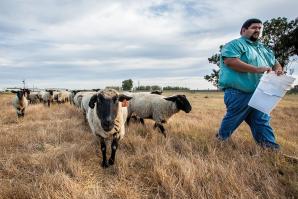
Rearing an Industry
How Solano County is cultivating its ag economy
Solano County is taking steps to develop a new agricultural hub that farmers and economists hope will someday house facilities to process raw ag products into purchasable commodities.
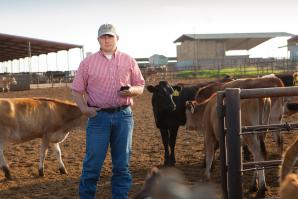
Reap, Sow, Tweet
Branding ag through social media
“Good morning, Sacramento! It’s a perfect day for a pig roast. Come out and join us,” hog farmer Perrin Clark tweeted on a long-awaited day in May.
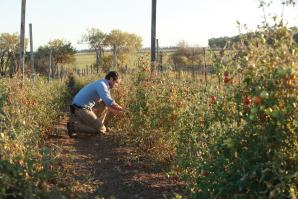
Land of the Fee
Can micro loans dig farmers out of their financial holes?
Today’s small farmer climbs an uphill battle to find land, secure capital and overcome the hefty start-up costs. Today, farmers make up less than 1 percent of the population (compared to 15 percent in 1950), they tend to be older (the average age is 57) and about 25 percent are expected to retire in the next 20 years. “This is a new problem for human society,” writes Sharon Astyk, author of “A Nation of Farmers.”



